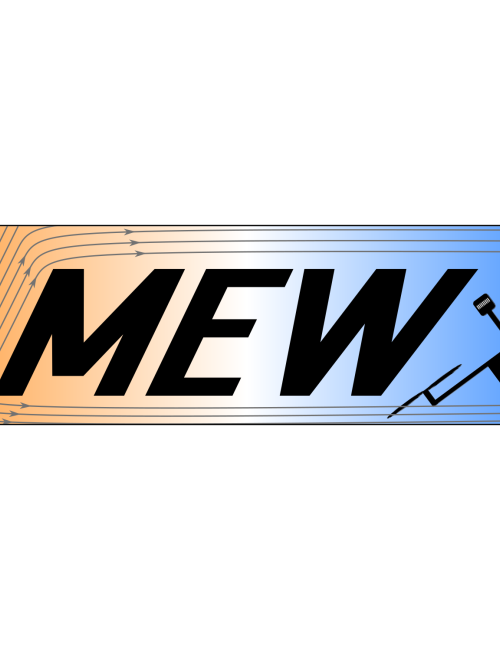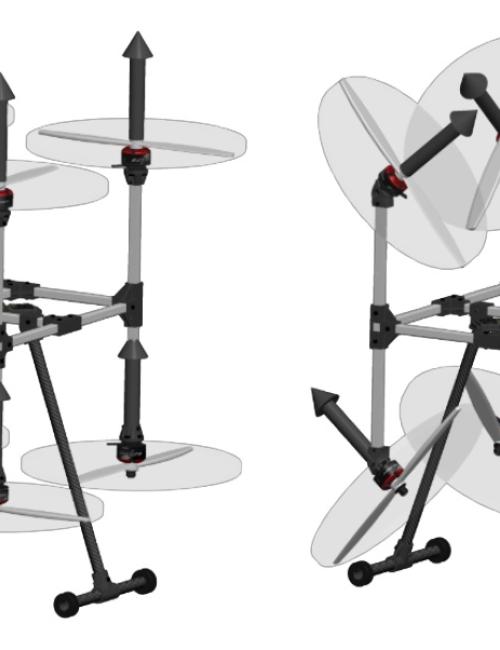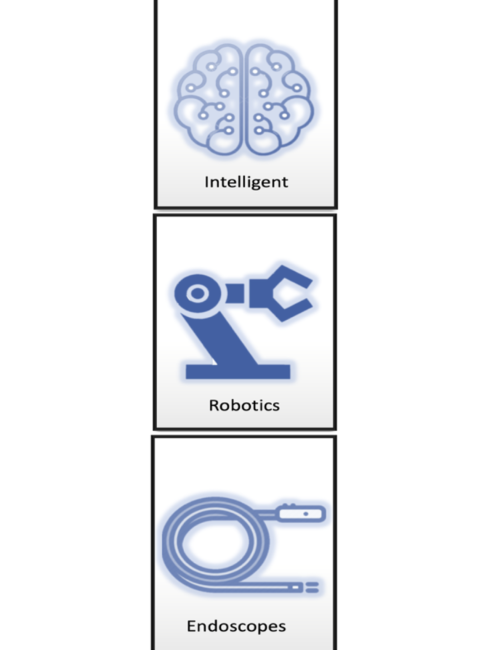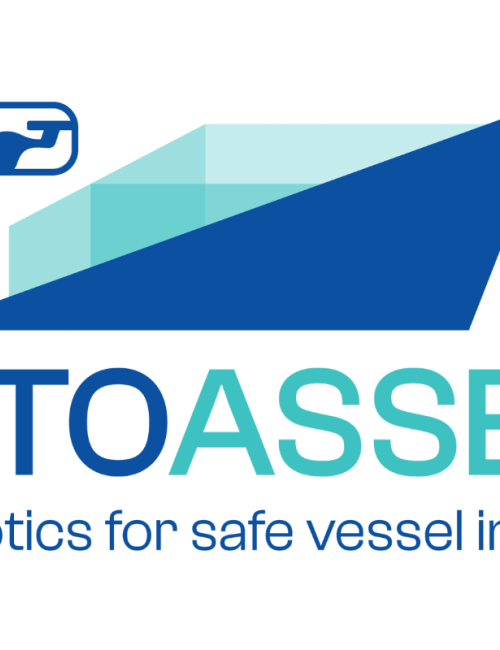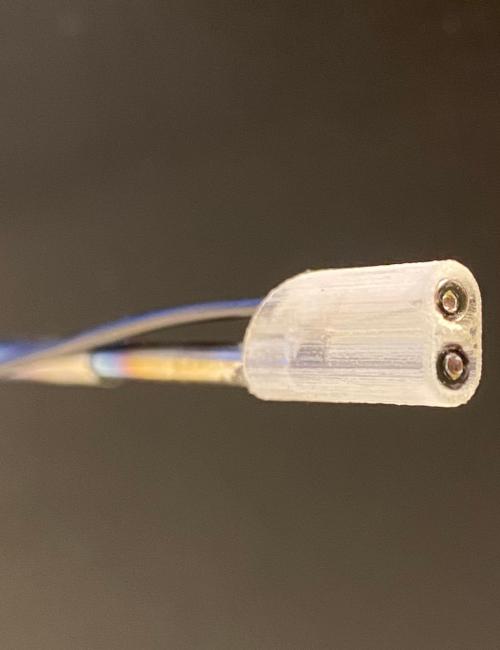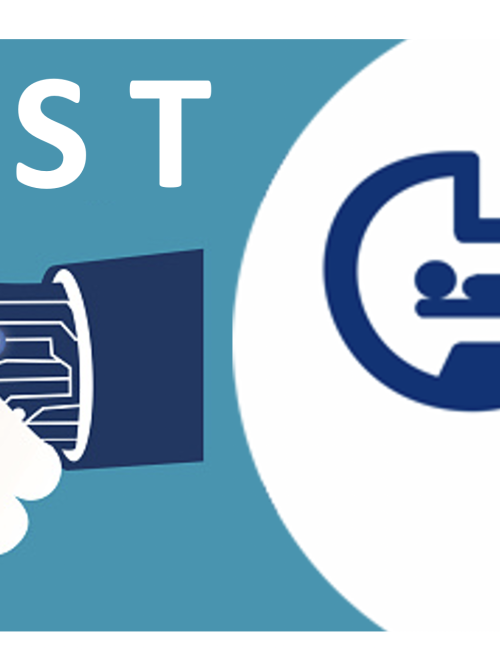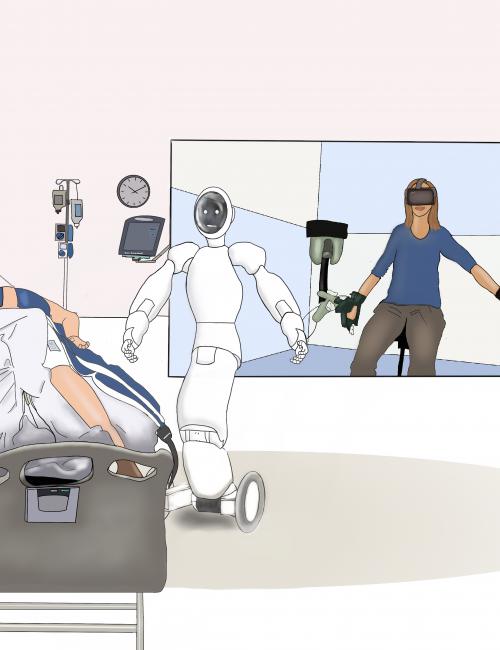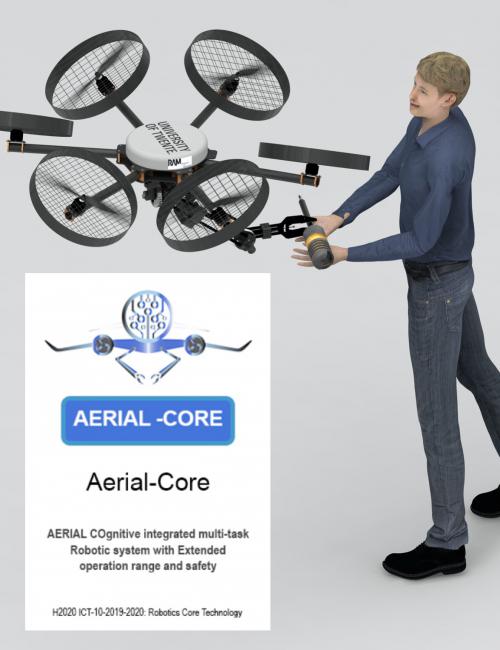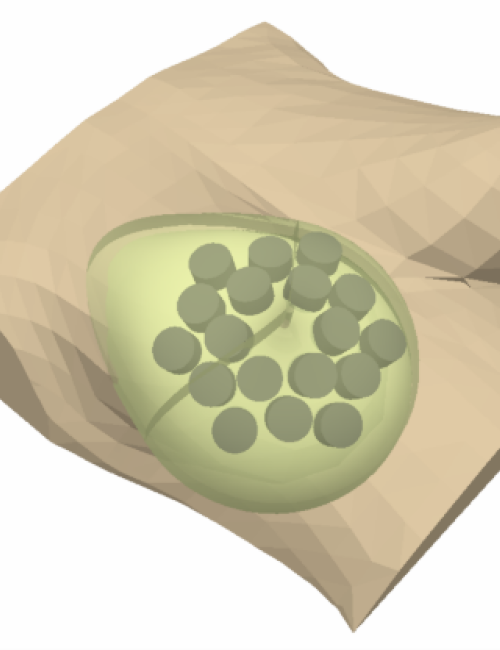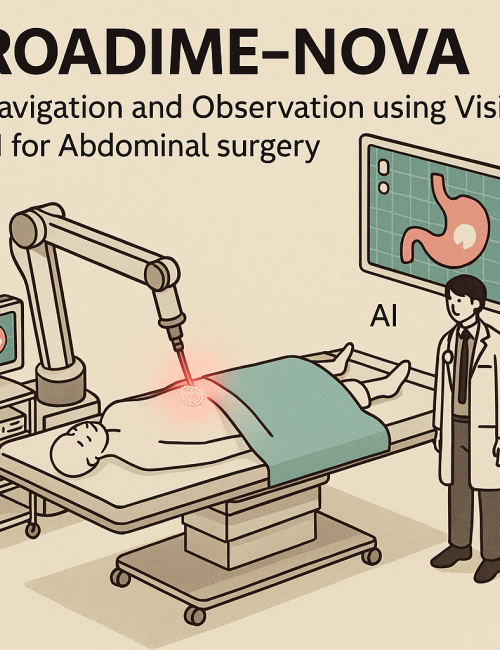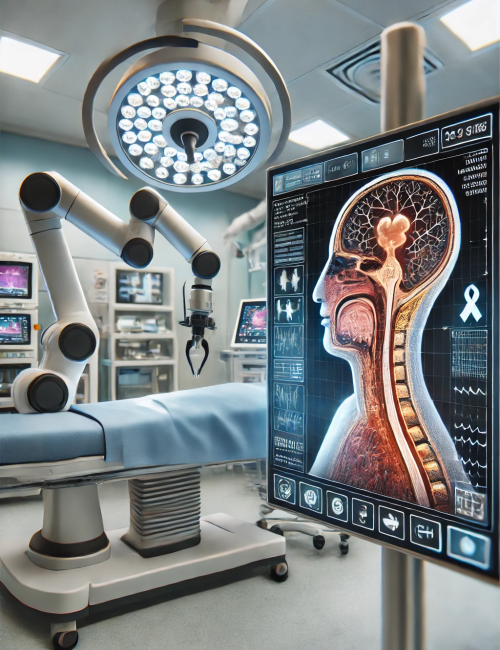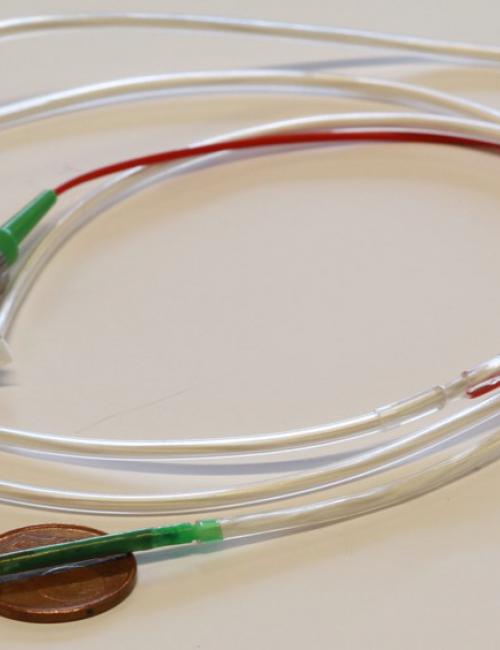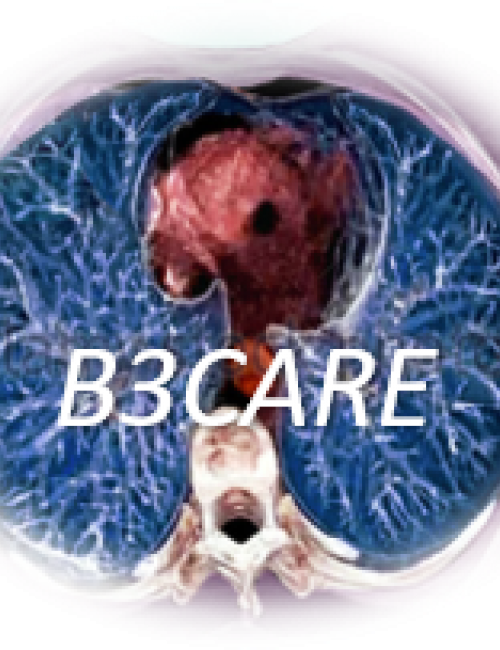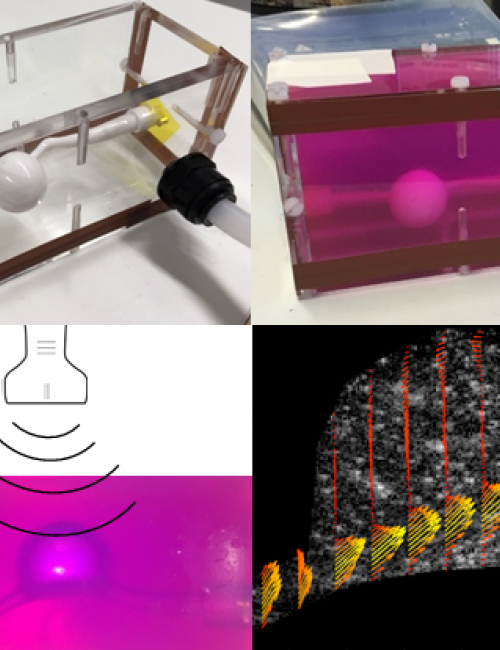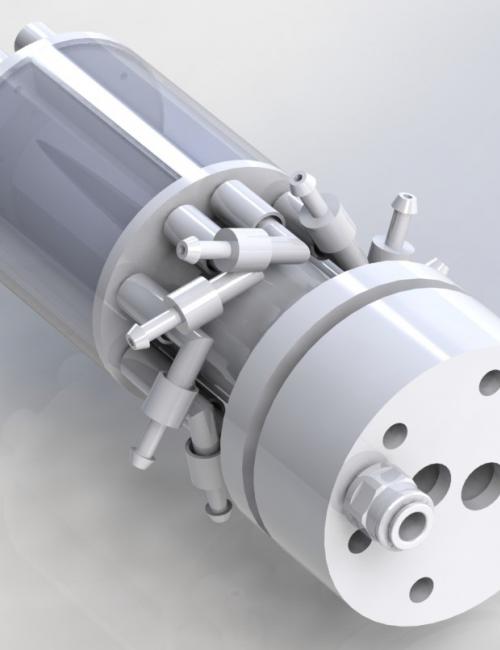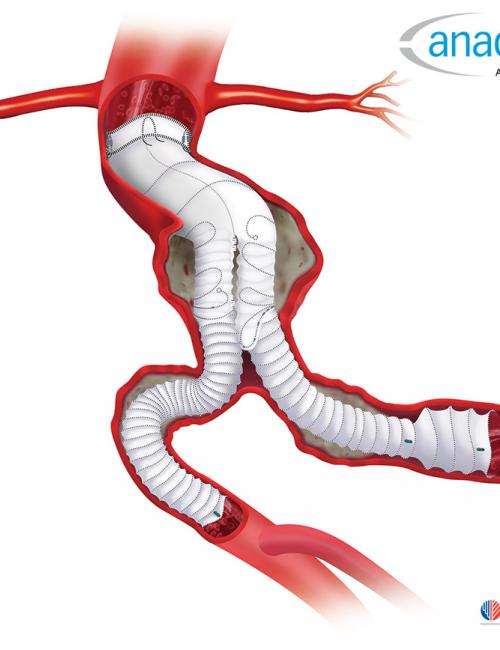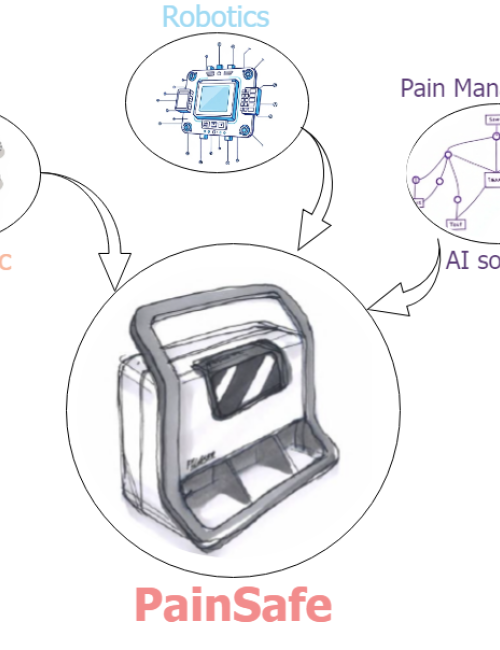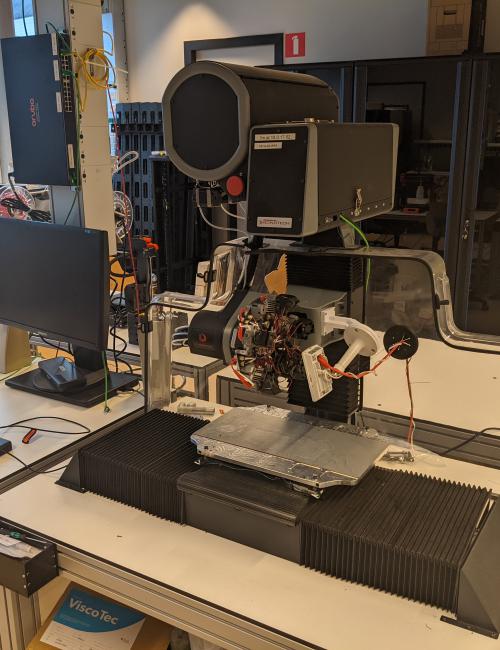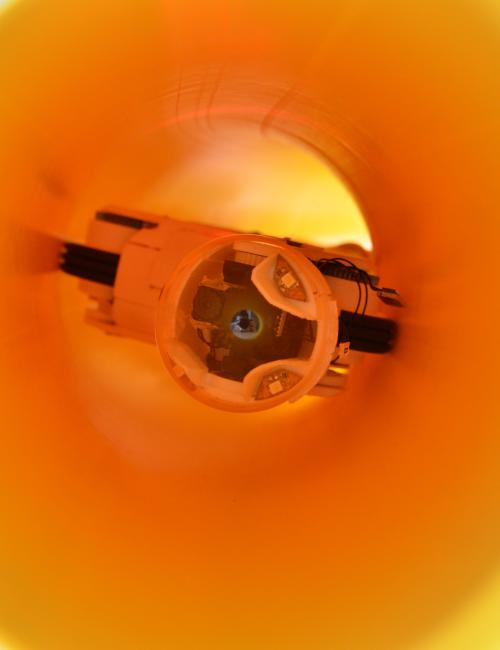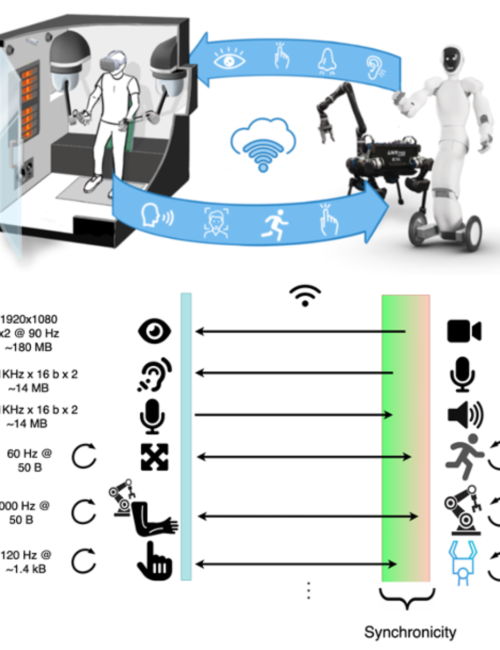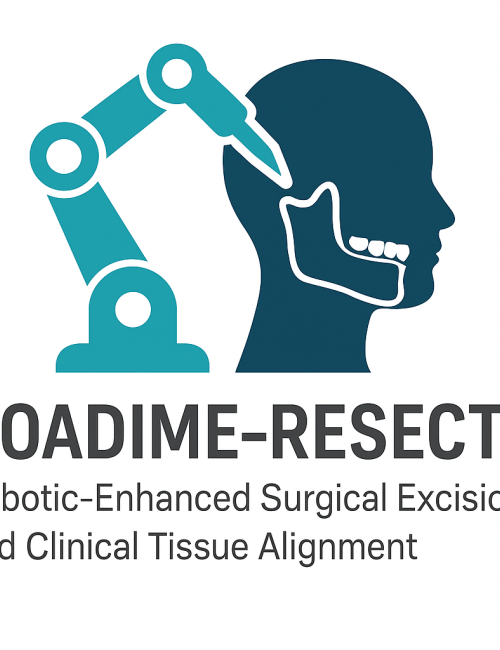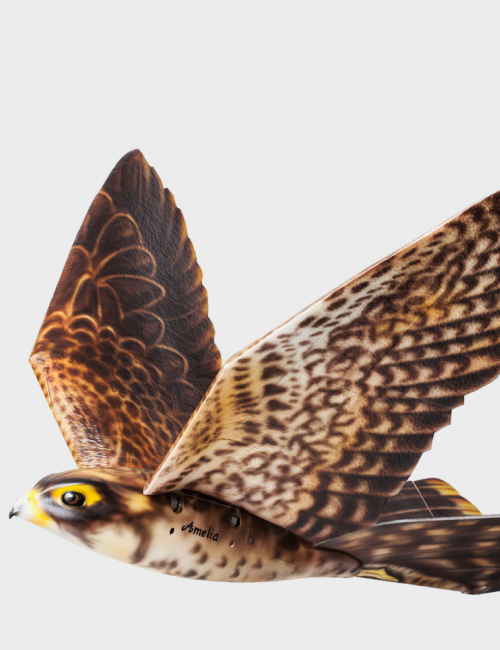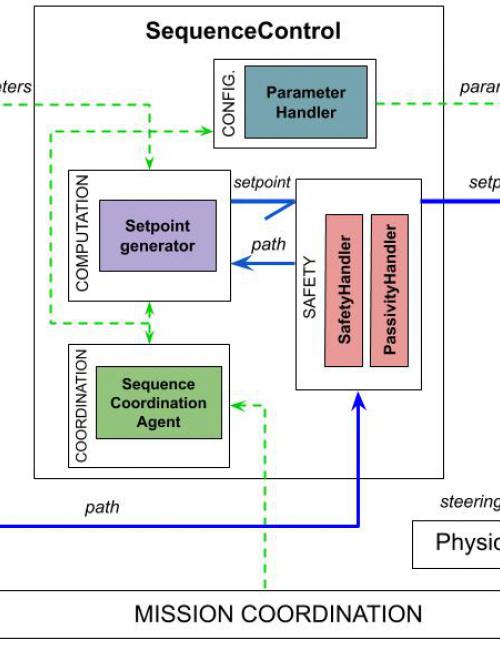Technologies
The research of the group is focused on systems and control methods applied to robotics. The structure of the research activities can be pictured as a matrix structure with robotics application areas as columns and the core enabling technologies as rows. Projects are positioned at the intersection of rows and columns.
Modelling
The central theme of this research line is an inter-disciplinary, integrated, port-based approach to the modeling of physical system behavior in various engineering domains, in particular those related to robotics and mechatronics. It follows an energy-based approach, making extensive use of the (multi-)bond graph notation, and is subdivided in several classes of projects. Where applicable, the modeling activities of the laboratory are used as a basis to generate re-usable, generic (sub-) model structures of various engineering systems.
Control
Work in this research line deals with application and further investigation of control schemes necessary for robotic systems. The focus is on intrinsic stability through passivity; smooth operation of contact behaviour; resilient robotic behavior via robustness of the control schemes and robot architectures. Model-driven controller design techniques and a holistic, systems engineering view are preferred approaches. The resulting controller schemes are inspired by and applied to the robotic applications developed in our application domains. Proofs of principle are validated using small setups, exhibiting the relevant essential behavior.
Imaging
Mostly used in medical applications.
Design
This research line deals with developing and applying methods for design of robots. Model-driven and a system's (i.e. mechatronic) approaches are used, to take best advantage of possibilities offered by all domains involved. Focus is of course on robotic systems. The design methods being developed are tried out on our robotic setups, which serve as initial test. Via design projects in which industry is involved, further development and testing of the design methods are conducted.
Embedded
This research line deals with the realization of control schemes on digital computers. The ultimate goal is to support the mechatronic / robotic design engineer such that implementing controllers according to “do it the first time right” becomes business as usual. Simulation and formal methods are used as a means for verification at all stages of the design process. This facilitates concurrent engineering. Robot Software Architectures are tuned to fit in our design approach, to obtain an effective realization trajectory. Furthermore, the use of parallel hardware and parallel software is investigated, to exploit the inherent parallel nature of embedded systems and their control. Software tools and documentation resulting from this research line are available at our ECSSoftware subwebsite: http://www.ce.utwente.nl/ECSSoftware.


